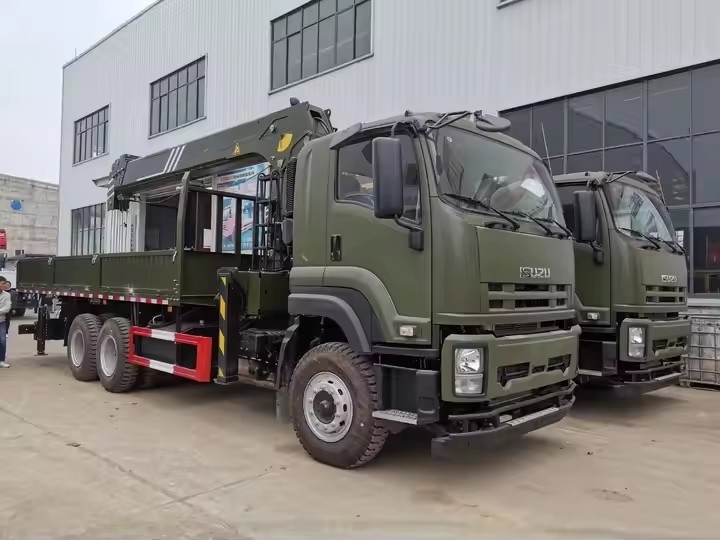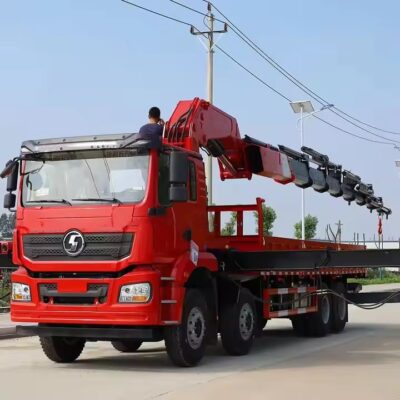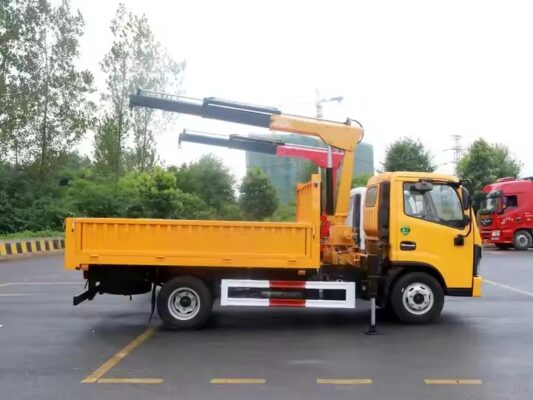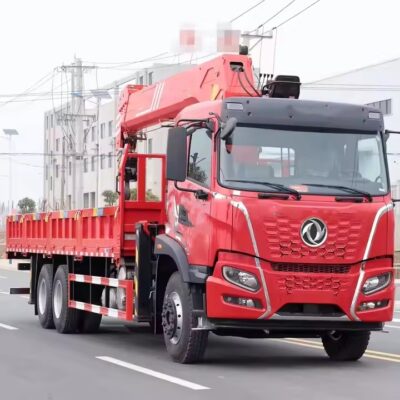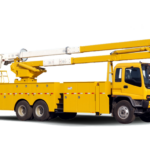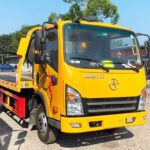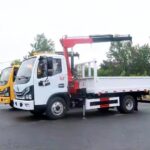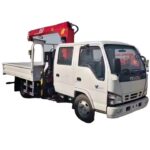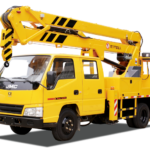ဟိ structure of the short-stroke block brake is shown in Figure 1-17. When the electric motor is powered on, the electromagnet coil connected in parallel with the motor winding is also energized. This generates an attractive force in the stationary core (9), which pulls the moving core (8). Consequently, the push rod (7) is pushed forward, causing the left and right brake arms (11) to move outward under the action of the auxiliary spring (4), thereby releasing the brake wheel (i.e., disengaging the brake). တပြိုင်နက်တည်း, the main spring (3) is compressed.
ပြောင်းပြန်, when the current is cut off, the electromagnet loses its attraction. The main spring (3) then expands, pulling the brake arms inward, causing them to clamp onto the brake wheel (i.e., engaging the brake).
Advantages and Limitations of Short-Stroke Block Brakes
Short-stroke block brakes offer several advantages, including rapid response time, minimal travel of the electromagnet, and a compact and lightweight structure. These characteristics make them widely used in lifting and transportation machinery. သို့သော်, they also have certain drawbacks, such as significant operational impact, loud noise, and shorter service life of the electromagnet.
A notable limitation of this type of brake is the substantial electromagnetic force required for operation. When the brake wheel diameter exceeds 300 မီလီမီတာ, the electromagnet’s size, ကိုယ်အလေးချိန်, and energy consumption increase significantly. ရလဒ်အနေနှင့်, short-stroke block brakes are generally suitable for small- and medium-sized brake systems with brake wheel diameters below 300 မီလီမီတာ.
Standardization and Model Variations
Short-stroke block brakes have been standardized and mass-produced by specialized factories in China. လောလောဆယ်, the primary models available include:
- JWZ-100
- JWZ-200/100
- JWZ-200
- JWZ-300/200
- JWZ-300
Each of these brake models corresponds to specific electromagnet models:
- JWZ-100 → Electromagnet Model: MZD1-100
- JWZ-200/100 → Electromagnet Model: MZD1-100
- JWZ-200 → Electromagnet Model: MZD1-200
- JWZ-300/200 → Electromagnet Model: MZD1-200
- JWZ-300 → Electromagnet Model: MZD1-300
Model Identification Example
Example 1: JWZ-200/100 Brake
- JWZ – AC short-stroke electromagnet double-block brake
- 200 – Brake wheel diameter of 200 မီလီမီတာ
- 100 – Uses a 100-class single-phase AC short-stroke electromagnet, denoted as MZD1-100
Example 2: JWZ-300 Brake
- JWZ – Same as above
- 300 – Brake wheel diameter of 300 မီလီမီတာ
If the electromagnet model is not explicitly stated, it is assumed to match the brake wheel diameter, meaning the JWZ-300 model is equipped with a 300-class AC short-stroke electromagnet, designated as MZD1-300.
Alternative Model: TJ2 Short-Stroke Brake
Apart from the JWZ series, there is another short-stroke block brake model: the TJ2 series. The designation of this model follows:
- T – Short stroke
- J – Alternating current (AC)
- 2 – Series classification
The TJ2 series is fundamentally similar to the JWZ series, with a few distinctions. The primary difference lies in the materials used for the brake arms: the JWZ series employs ZG35 cast steel, whereas the TJ2 series utilizes section steel. ထို့ အပြင်, the external and installation dimensions of the TJ2 series exhibit slight variations compared to the JWZ series.
Detailed Working Mechanism and Components
The short-stroke block brake functions based on electromagnetic actuation and spring force recovery. Below is a more in-depth examination of its components and their respective roles:
- Electromagnet Coil: Converts electrical energy into magnetic force, enabling brake release.
- Stationary Core (9): Serves as the fixed magnetic conductor that interacts with the moving core.
- Moving Core (8): Responds to the magnetic force, translating it into mechanical movement.
- Push Rod (7): Transfers the mechanical force to the brake arms.
- Brake Arms (11): Move outward to release the brake and inward to engage it.
- Main Spring (3): Compresses when the brake is released and expands when engaged, ensuring the system returns to its default braking position when power is off.
- Auxiliary Spring (4): Assists in the smooth movement of brake arms.
- Brake Wheel: The rotating element that the brake clamps onto when engaged, effectively stopping motion.
Performance Considerations and Applications
Due to their fast response and high braking force, short-stroke block brakes are extensively used in industrial applications such as cranes, hoists, conveyors, and elevators. သို့သော်, selecting the appropriate model requires careful consideration of:
- Brake Wheel Diameter: Ensuring the chosen brake is compatible with the wheel size.
- Electromagnet Power Requirements: Balancing performance with energy consumption.
- Noise and Vibration Levels: Evaluating the impact on the working environment.
- Maintenance and Durability: Determining service life based on frequency of operation.
Comparison Between JWZ and TJ2 Models
| Feature | JWZ Series | TJ2 Series |
|---|---|---|
| Material of Brake Arms | ZG35 Cast Steel | Section Steel |
| Installation Dimensions | Standardized | Slightly Different |
| Application Suitability | Heavy-Duty Usage | Light- to Medium-Duty Usage |
| Weight | Heavier | Lighter |
နိဂုံး
Short-stroke block brakes offer a reliable and efficient braking mechanism for industrial machinery. Their rapid engagement and compact design make them well-suited for lifting and transportation equipment, but their noise levels and electromagnet wear require consideration. While the JWZ series remains the standard, the TJ2 model provides a viable alternative with slight modifications in material and dimensions. Choosing the right model involves assessing operational requirements, environmental constraints, and cost-effectiveness to ensure optimal braking performance.

